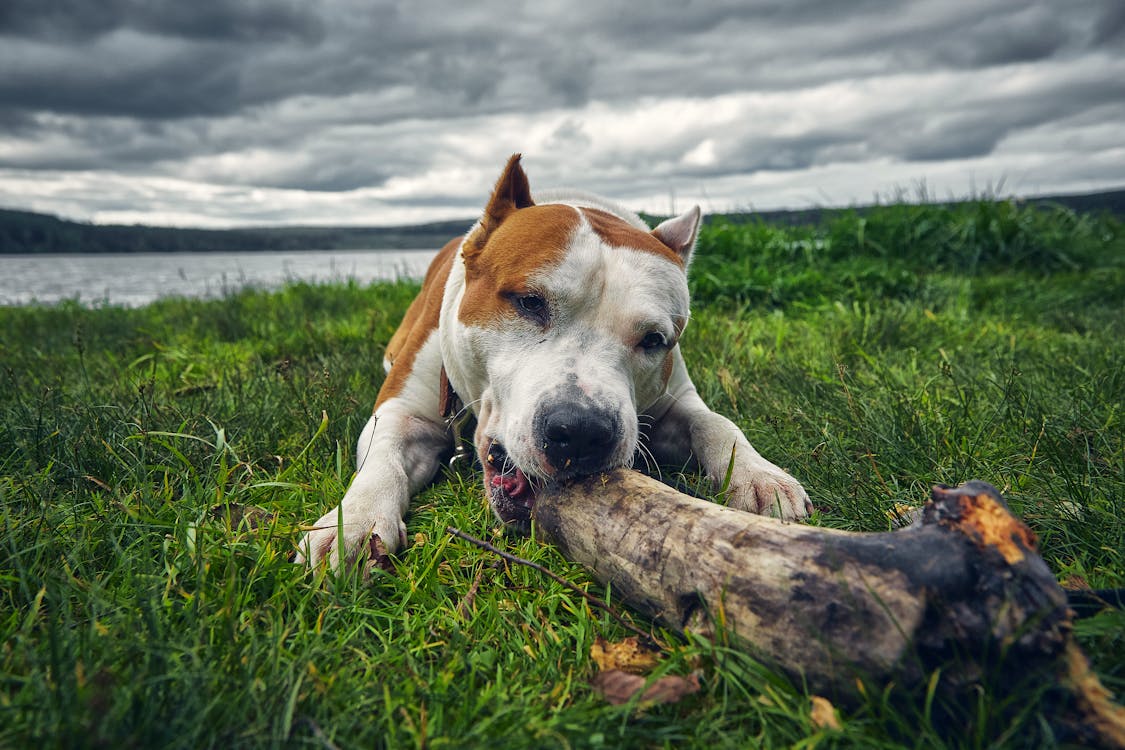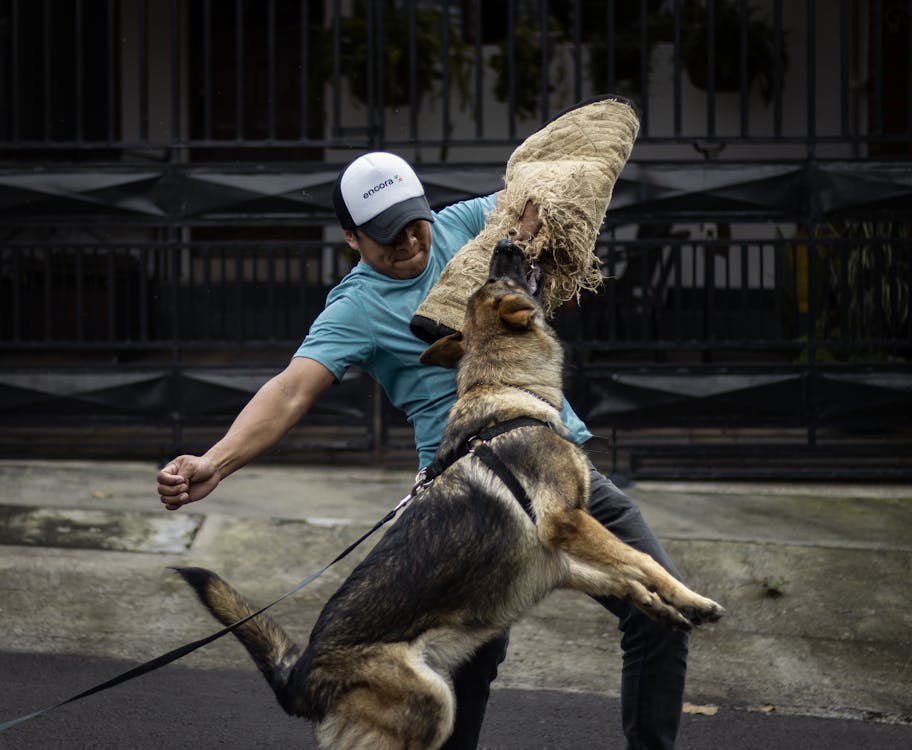Dog bites are a serious concern that can result in injuries and emotional trauma for both the victim and the dog involved. While dogs are loving and loyal companions, they may bite in certain situations, often as a defensive response to perceived threats or when feeling scared or cornered. As responsible dog owners and individuals interacting with dogs, it is essential to understand the factors that contribute to dog bites and implement safety measures to prevent such incidents. In this article, we will explore practical safety measures to promote safe interactions with dogs and reduce the risk of dog bites.
Understanding Dog Body Language

One of the most crucial safety measures is learning to understand and interpret dog body language. Dogs use various cues to communicate their emotions and intentions, and being aware of these signals can help us gauge their state of mind and potential reactions. Some important body language cues include:
- Relaxed body: A relaxed dog typically holds its body in a loose and comfortable posture.
- Wagging tail: Tail wagging can indicate excitement or happiness, but it’s essential to consider the context and other body language.
- Stiff body and raised hackles: These signs may indicate that the dog is feeling threatened or defensive.
- Avoidance or turning away: Dogs may avoid eye contact or turn their bodies away as a signal to be left alone.
- Yawning or lip licking: These behaviors can indicate stress or discomfort in a dog.
Recognizing and responding appropriately to these cues can prevent potentially dangerous situations and reduce the likelihood of a dog bite.
Supervise Interactions with Children
Children are at a higher risk of dog bites due to their lack of understanding about dog behavior and boundaries. Never leave young children alone with a dog, no matter how familiar they are with each other. Supervised interactions allow adults to intervene if either the child or the dog displays signs of discomfort or stress. Educating children about proper dog handling and teaching them to ask for permission before approaching a dog can also significantly reduce the risk of incidents.
Ask for Permission Before Approaching a Dog

Always ask for permission from the dog owner before approaching or petting a dog. Not all dogs are comfortable with strangers or new interactions, and approaching a dog without consent can startle or frighten them, increasing the likelihood of defensive behavior.
Allow Dogs to Approach You
When encountering unfamiliar dogs, allow them to approach you instead of approaching them. Approaching an unfamiliar dog can be seen as threatening, and the dog may react defensively. Stand still and avoid making direct eye contact, allowing the dog to approach and sniff you if they are comfortable doing so.
Avoid Disturbing Dogs While Eating or Sleeping
Respecting a dog’s space and privacy during mealtime and rest is crucial. Disturbing a dog while they are eating or sleeping can lead to defensive behavior, as dogs can be protective of their food and personal space.
Be Cautious with Stray Dogs

Approaching or attempting to handle stray dogs can be dangerous, as they may have unknown histories and react unpredictably. If you encounter a stray dog, avoid direct contact and report their presence to local animal control or a nearby animal shelter.
Never Startle a Dog
Surprising or startling a dog can lead to an instinctive defensive response, which may include growling or biting. Always make your presence known when approaching a dog, especially if they are engaged in an activity or unaware of your presence.
Avoid Sudden Movements or Loud Noises

Sudden movements and loud noises can startle dogs and trigger a fight-or-flight response. If you notice a dog becoming anxious or agitated, try to create a calm and quiet environment to reduce their stress.
Educate and Train Dogs
Proper training and socialization play a vital role in preventing dog bites. Responsible dog owners should invest time and effort in training their dogs to follow basic commands and behave appropriately in different situations. Socializing dogs with various people, animals, and environments at an early age helps them become more confident and well-adjusted, reducing the likelihood of fear-based aggression.
Seek Professional Help for Aggressive Dogs

If you own a dog that displays signs of aggression or has a history of biting, it is essential to seek the assistance of a professional dog trainer or behaviorist. Professional guidance can help identify the root causes of the aggression and develop a tailored behavior modification plan to address the issue effectively.
Preventing dog bites requires a combination of responsible dog ownership, understanding canine behavior, and implementing safety measures during interactions with dogs. By educating ourselves about dog body language and respecting their boundaries, we can significantly reduce the risk of incidents. Supervising interactions between dogs and children, asking for permission before approaching unfamiliar dogs, and being cautious with stray dogs are essential practices to ensure safe interactions with dogs in various settings. Responsible dog ownership, proper training, and socialization are key factors in raising well-behaved and confident dogs. By taking these safety measures and promoting responsible behavior around dogs, we can create a safer and more harmonious relationship between humans and their canine companions.


